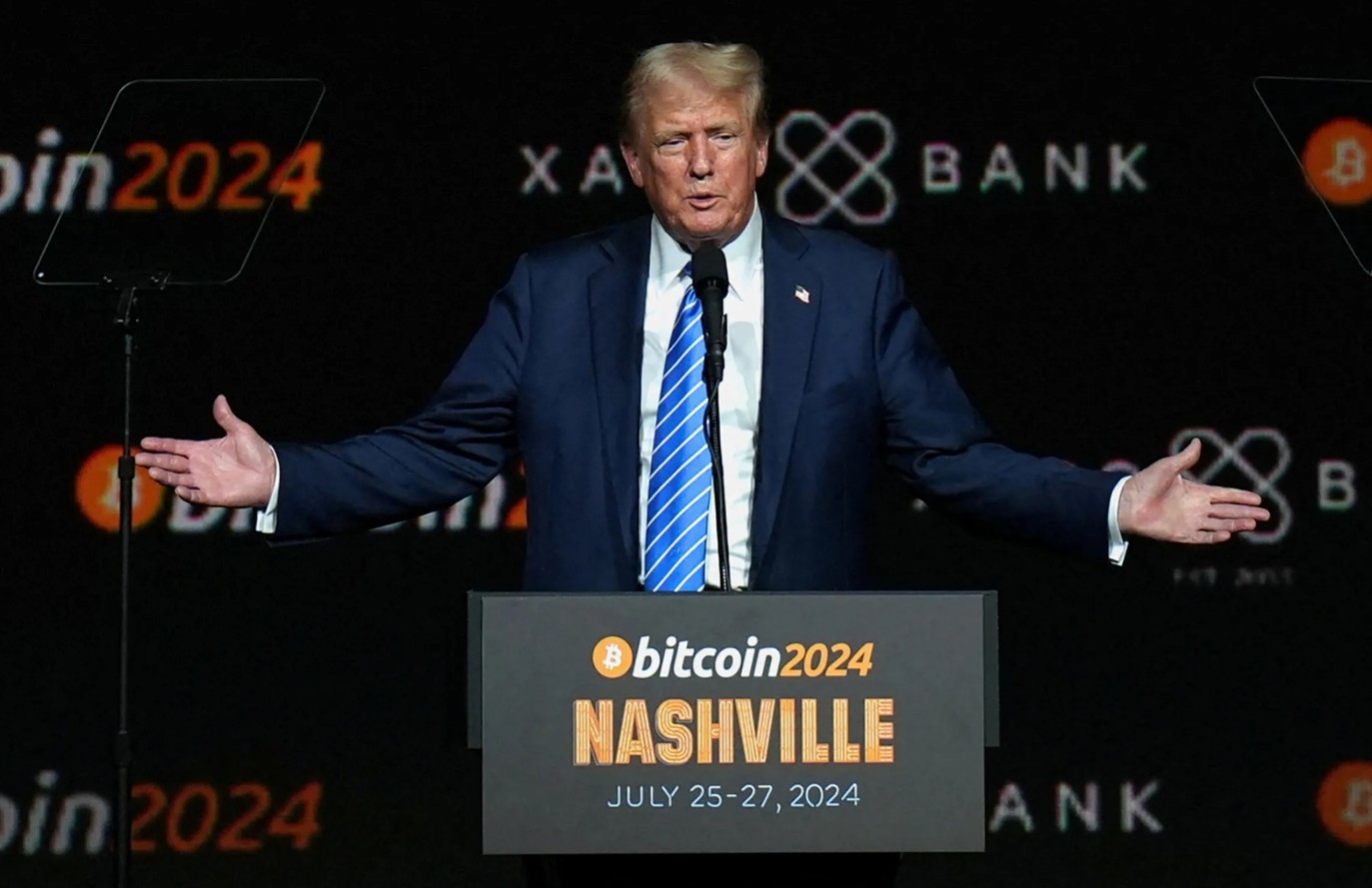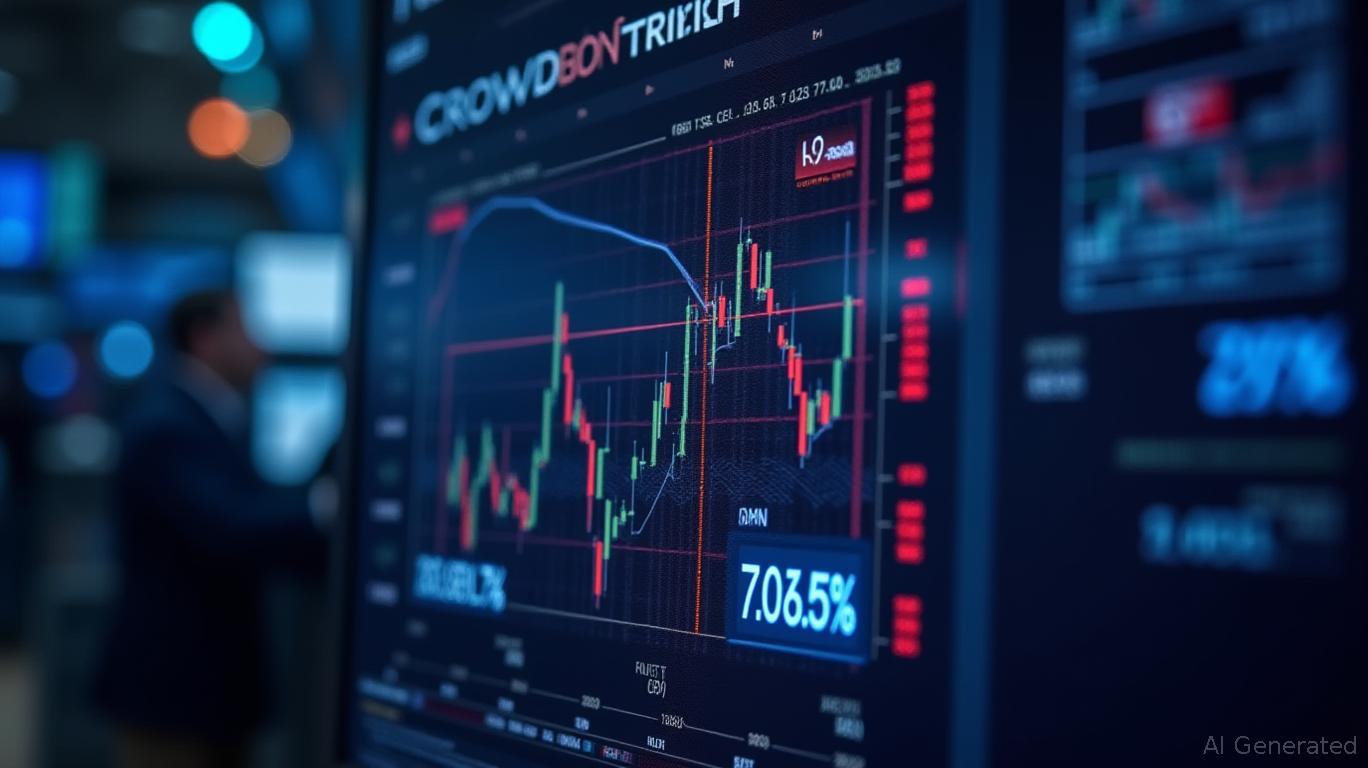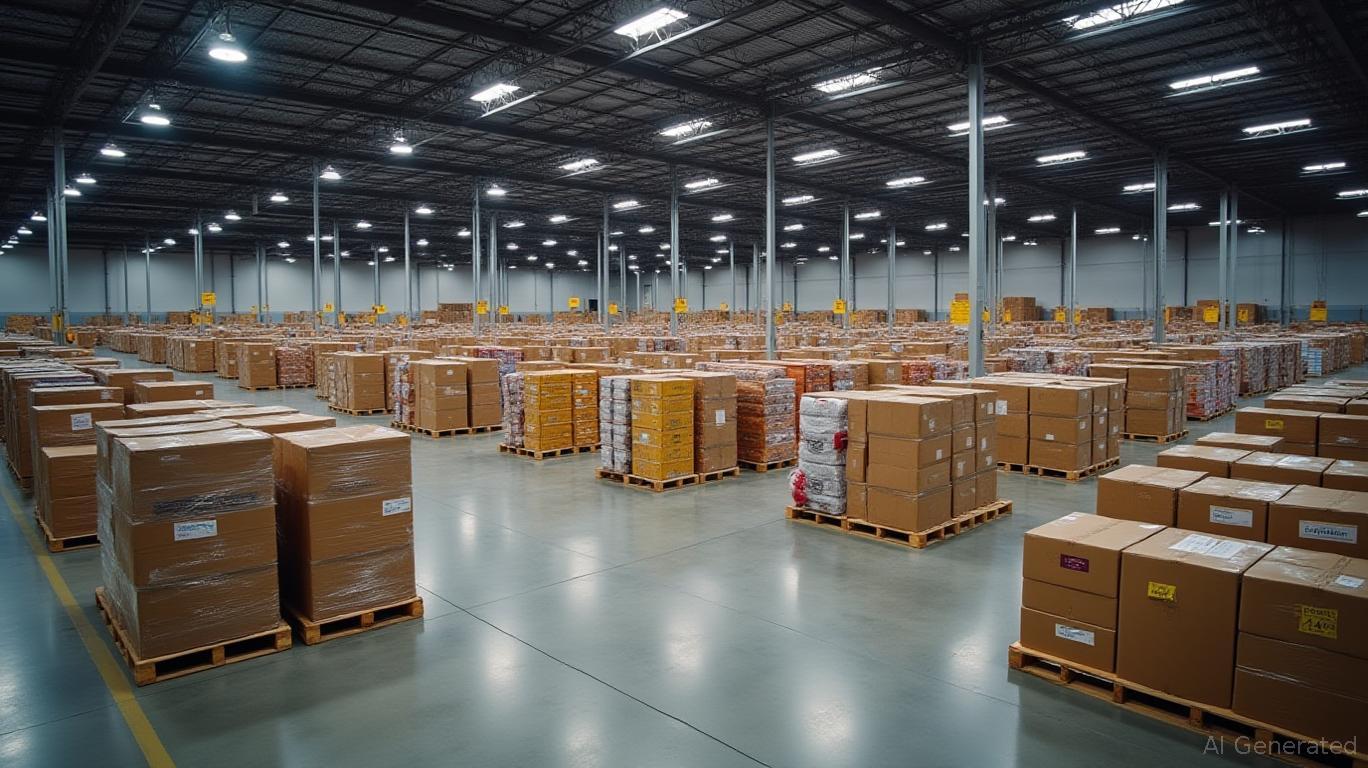Retail's New Playbook: Expansion, Tech, and Tariffs
The retail sector is undergoing a seismic shift, and investors who ignore these changes risk getting left behind. This week’s events—from corporate expansions to trade policy shifts—highlight a new era of survival of the fittest. Let’s dive into the moves that could define retail’s future.

Lead: BJ’s Wholesale Club Goes All-In on Texas
Warehouse club giant BJ’s Wholesale Club (NYSE: BJ) just dropped a bombshell: 25-30 new locations over the next two years, targeting Texas’ booming population. The company isn’t just chasing space—it’s betting on a membership model that promises 25% grocery savings. “This isn’t just expansion—it’s a full-court press on Amazon and Walmart,” says CEO Bob Eddy. With 100-150 jobs per store and partnerships with local food banks, BJ’s is proving that old-school retail can still innovate. But will it survive the tariff wars?
Ask Aime: "Am I missing out on the BJ's Club boom in Texas?"
The NACDS Annual: Tech and Trust in Health Retail
While BJ’s is conquering groceries, the health retail sector is laser-focused on tech and transparency. The National Association of Chain Drug Stores (NACDS) Annual Conference in Palm Beach brought together pharmacy giants to tackle AI-driven supply chains, regulatory hurdles, and consumer trust.
Ask Aime: "Will BJ's expansion in Texas outpace Walmart and Amazon?"
Key Takeaway:
Pharmacies like Walgreens and CVS are racing to integrate AI for inventory management, but they’re also under fire. Attendees warned that customers now demand real-time visibility into drug sourcing—a shift that could cost billions to implement. “Transparency isn’t optional anymore,” said one executive. “If you can’t show where that antibiotic came from, you’ll lose customers.”
Tariffs, Taxes, and the New Retail Reality
The NRF’s latest report dropped a grim truth: U.S. retail sales growth is slowing to 3.7% this year, and the “de minimis” tax loophole closure will hit e-commerce hard. China’s discount retailers like Shein and Temu, which thrive on low-cost imports, face a death blow as tariffs rise.
The Numbers:
- Shein’s U.S. sales growth: 120% in 2024 → projected 30% in 2025 post-tariffs.
- Amazon’s countermove: Launching its own third-party marketplace to battle Shein’s prices.
“This isn’t just about tariffs—it’s a trade war for consumer wallets,” says NRF economist Jack Kleinhenz. “Brick-and-mortar stores are closing, but the winners will be those who blend physical convenience with digital speed.”
The Bottom Line: Where to Bet Now
Investors must ask two questions: Can a retailer win on price alone? and Does it have a tech edge?
Winners to Watch:
- BJ’s Wholesale Club (BJ): Its Texas expansion and “BJ’s Market” express stores could dominate value-driven shoppers. But watch margins—if grocery savings hit 25%, can they sustain it?
- Healthcare Retail Tech: Companies enabling real-time supply chain tracking (think blockchain startups) could fill NACDS’s transparency demands.
- Cashierless Tech: Amazon Go’s model is spreading—retailers adopting this could cut costs by 15-20%.
Avoid at All Costs:
- Discounters without a digital plan: Aldi and Dollar General are great, but without apps for curbside pickup or AI pricing, they’ll lag.
- Pure-play e-commerce reliant on Chinese imports: Tariffs are a game-changer here.
Name |
|---|
| TargetTGT |
| WalmartWMT |
| BJ's Wholesale ClubBJ |
| Kohl'SKSS |
| Macy'sM |
Conclusion: The retail world is splitting into haves and have-nots. Investors should focus on three pillars: geographic expansion (like BJ’s Texas push), tech integration (AI and cashierless systems), and regulatory adaptability (post-tariff strategies). Those betting on old-school stores without a digital moat? They’ll be the ones left on the clearance rack. As for BJ’s? Their stock’s 15% jump this year suggests the market’s already drinking the Kool-Aid. But remember—execution is everything. If those Texas stores don’t deliver on savings and service, this could end in a warehouse-sized flop. Stay vigilant, stay greedy.










